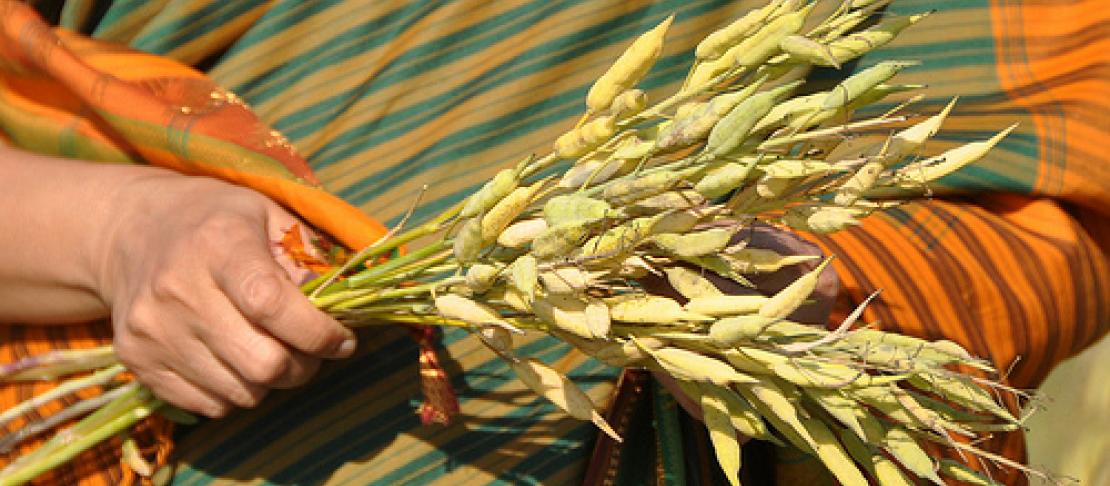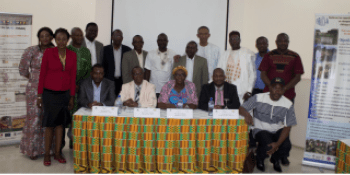Modeling dynamic food systems for food security

Food security research programmes such as CCAFS need to consider extremely complex systems, with many agricultural, environmental, social and economic subsystems interacting with each other on a variety of scales and at a variety of levels on each.
This poses considerable challenges in terms of representing the current state of knowledge, exploring how these systems might evolve in the future in response to external drivers and human input, and displaying the behaviour of the many variables involved in a way which is meaningful for stakeholders and policy advisers.
A new paper produced for CCAFS by Robert Muetzelfeldt explores how a modelling approach based on System Dynamics can be used to:
- Represent influences and other relationships between the main agricultural and food system drivers and their consequences (i.e. outcomes) for the three areas of interest to CCAFS: food security, environment and livelihoods;
- Quantify these influences and outcomes as far as possible over time; and if these cannot be simulated directly, show how outputs from other models and tools could be incorporated;
- Represent dynamically the quantified outcomes on spider diagrams for CCAFS regional scenarios.
- Indicate how policy and technical interventions can be ‘applied’ to the system so as to show impacts in terms of changes to the spider diagrams.
The work was conducted as part of the CCAFS Scenarios activity, which brings together a broad range of regional stakeholders to discuss plausible futures and contemplate what these regions would be like by 2030.



